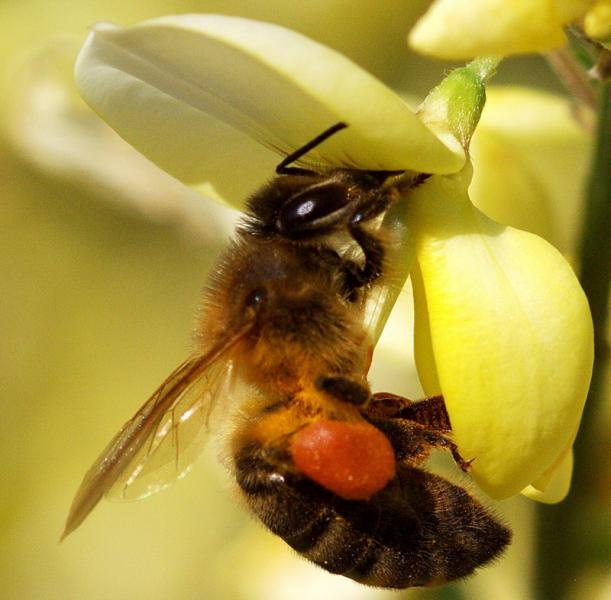Operant conditioning tools and protocols for nectar foraging animals
Organiser: Michel B.C. Sokolowski, Université de Picardie – Jules Verne, Amiens, France
Schedule: Thursday 7th June, 16:00-16:30, G34
Description:
During the last decade, we have observed increasing research about nectar foraging animals. A lot of technical innovations (e.g. RFID tags) have been proposed and tested, but there is no recognized standard tool or protocol to measure nectar foraging behavior and consumption in bees. However, it is well recognized that a foraging sequence may be simulated with operant conditioning chambers and protocols (reinforcement schedules). Despite these well-known behavioral tools have been specially designed both to control the access to the resource (reinforcer) and to measure the behavior giving access to the resource, no supplier offers such tool in his catalog. That’s why these last years, we spent most of our time to develop Skinner boxes for bees [1, 2] and tried to define the best way to use them with wild or domesticated bees to answer important scientific questions.
Our conditioning chamber is based on a new technology (patent in progress) whose purpose is to be able to deliver in a controlled way small discrete – but unlimited total – amounts of syrup (minimum amount: 0.25µl). We then designed an artificial “flower”, which is a plastic platform with a hole in the axis, that is able to detect the visit of a bee and to deliver syrup reinforcement with a distribution nozzle. We integrated the flower in free-flying and lab foraging (conditioning) boxes.
In the free-flying version, marked bees (individual data) have to enter by themselves in the chamber to fill their crop. They then return to the colony, unload their crop, and come back a few minutes later. With such a tool, we can separate the total foraging event in several phases (travel and unloading phase, resource acquisition or working phase, and consumption phase). Each phase can be separately measured.
In the lab version, bees stay in the conditioning chamber during several consecutive days without returning to the colony. Such protocols are similar to rodent conditioning protocols with closed economies. The conditioning chamber can either contain one “flower” for basic experiments, or two “flowers” for more advanced choice experiments.
In our showcase, we will present our lab version (hardware and software) and suggest some ways to use our new tool in research. Because bees are generally very fast learners (most often very few minutes are needed to observe the first responses), we suggest our tools may also provide a low cost – rodent alternative for student conditioning practical work.
References:
1. Sokolowski, M.B.C., Abramson, C.I.A. (2010). From foraging to operant conditioning: A new computer-controlled Skinner box to study free-flying nectar gathering behavior in bees. Journal of Neuroscience Methods, 188, 235-242.
2. Sokolowski, M.B.C., Abramson, C.I.A. (2016). Operant Conditioning of the Honey Bee [Video file]. Retrieved from https://www.youtube.com/watch?v=2o5pSji_g3E&t=223s, Accessed 5 February 2018


.jpg)